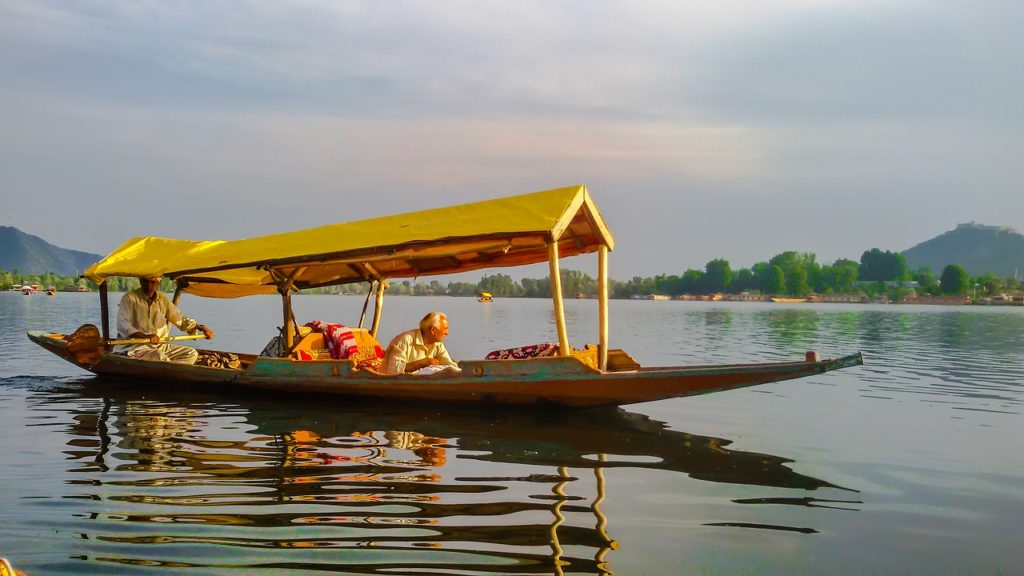The name Jammu and Kashmir is often referred to by its common, and perhaps, more popularly known name, Kashmir. Although this is true, and despite the fact that these two regions have co-existed unitedly for centuries, Jammu and Kashmir have some cultural differences that make them unique individually. Let’s explore those differences.
4 Factors that Make Jammu Different from Kashmir
1. Language
The first and one of the most significant cultural differences between Jammu and Kashmir is the region’s languages. While Jammu speaks Dogri, Kashmiris communicate in Kashmiri. Dogri is pretty similar to Punjabi and for people who speak Hindi, understanding Dogri isn’t a problem. However, if you assume the same about Kashmiri, then you must listen to Kashmiri once. The language cannot be easily understood by outsiders, except for a few Urdu words that the locals may use while speaking.
2. Music
Kashmir’s music resembles the music and sounds of Central Asia. However, Jammu’s music is similar to North Indian music. The former’s music has various aspects related to it. It includes Chakri (traditional music), Henzae (ancient form of singing), Sufiana Kalam (classic music of Kashmir), and Ladishah (a sarcastic form of singing). On the other hand, Jammu’s music mostly revolves around Dogri, Punjabi, Pahari and Gujari language. The region’s traditional folk song is called Bhakh.
3. Cuisine
While not many, both the regions have minor variations concerning cuisine. With so many years of togetherness, there has been a lot of culinary exchange between these regions. So, you get almost everything in Jammu what you get in Kashmir and vice versa. Kashmir’s cooking style is adopted from Persia, Central Asia and Afghanistan. On the other hand, Jammu’s uniqueness is its Dogra dishes.
4. Religious Dominance
While speaking about cultural differences between Jammu and Kashmir, one cannot forget about religious differences and dominance. Jammu has a Hindu majority. Hindus comprise above 60% of the population in Jammu, while Muslims make up approximately 30%. Therefore, Jammu is a renowned place for Hindu pilgrimage. Sikhism, along with Buddhism, Christianity, and Jainism are also part of Jammu’s cultural heritage.
Speaking of Kashmir, Kashmir is dominated by Muslims, as a majority of people across the region follow Islam. Hinduism is also part of Kashmir, although the number is way less compared to Jammu.
While Kashmir has been plagued with terror attacks and perpetual geo-political instability, Jammu has been relatively peaceful. Both these regions are endlessly beautiful and have been part of India’s touristic and cultural heritage for years. The cultures of these regions may differ to some extent. However, it is this cultural uniqueness that makes visiting Jammu and Kashmir even more intriguing and worthwhile.



